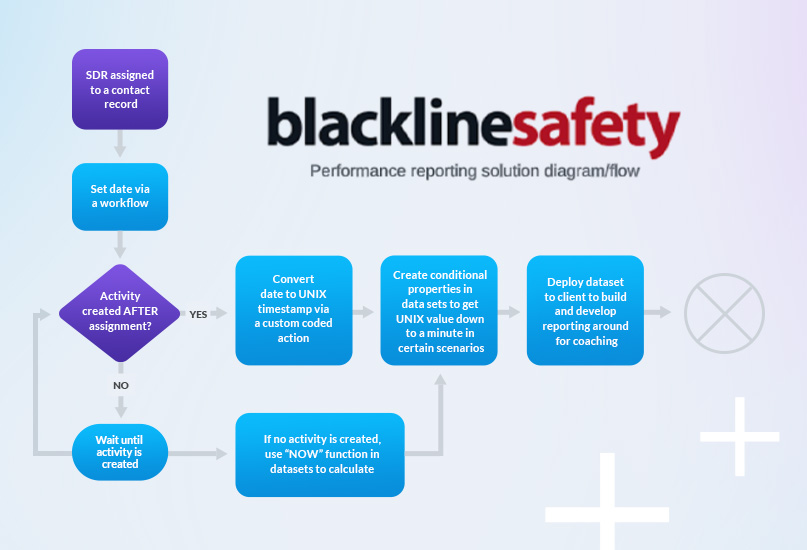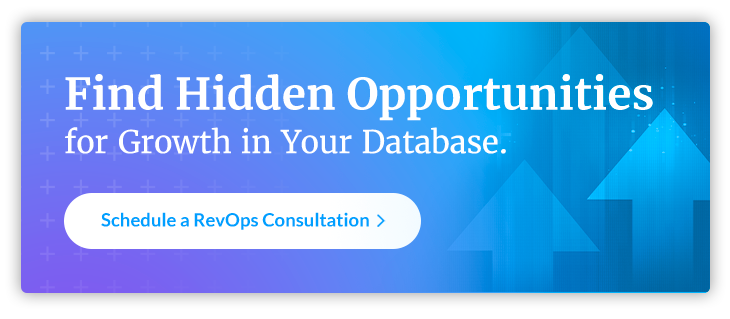
Customizing HubSpot Datasets To Support Sales Competition & Coaching

For a number of years, Kuno and Blackline Safety have partnered for marketing and RevOps. Alongside a website redesign and a 75+ HubSpot business unit implementation, we’ve helped the global safety monitoring solutions provider track key business criteria in HubSpot.
This past year, they came to us with a specific request: tracking how long it takes a sales development representative (SDR) to follow up once a lead is assigned — down to the minute. Achieving this goal would require the use of custom data points and time properties, alongside building the logic to establish timeframes. Here’s how we made it happen through HubSpot datasets.
First Things First: The Discovery Phase
To make sure we were solving for the client’s pain point within the HubSpot ecosystem, we went through a rigorous discovery process.
It was here that we identified why tracking this metric was so important in the first place: Blackline wanted to create dashboards and reporting around it, creating leaderboards to a) support friendly competition in the workplace and b) identify coaching and mentoring opportunities for sales management.
But why did the reporting need to be down to the minute? That was another answer we were able to pin down in discovery: Blackline had SLAs in place with other teams and there was an expectation of follow-ups within 60 minutes during normal business hours.
The Proposed Solution
To support this reporting, the client needed to track data points like when an SDR was assigned a record and when they created their first activity on that record. With these data points unavailable at that time in HubSpot, we developed workflows and custom properties to fill those gaps.
With the client’s goal of getting reporting down to the minute, we added custom-coded actions. This allowed us to set UNIX timestamps to validate the exact time a data point of interest occurred.
After creating and formatting our data points, we leveraged them in datasets. At this juncture, we developed even more fields. One of these provided the days, hours and minutes between SDR assignment and activity logged via conditional properties. Another field linked together values so they were easy to read and understand in specific contexts. For instance, when delivering a number, a measurement of days vs. hours vs. minutes is specified.

With these datasets created and proper data points included, we rolled out the solution to a small team as proof of concept. Seeing the value this reporting brought to the table, it wasn’t long before other teams started asking for this functionality. Since that initial POC, we’ve rolled out this reporting solution to Blackline’s regional sales management, too.
RevOps Strategies That Deliver Proven Value
With every RevOps success story we share, our goal is to showcase the possibilities. Whether it’s a matter of a HubSpot business unit implementation, automations to nurture prospects/customers, or custom workflows/properties to support reporting efforts, Kuno is here to deliver value where you need it most. Explore more of our RevOps success stories — and when you’re ready to discuss your own RevOps needs, schedule a consultation with us.





